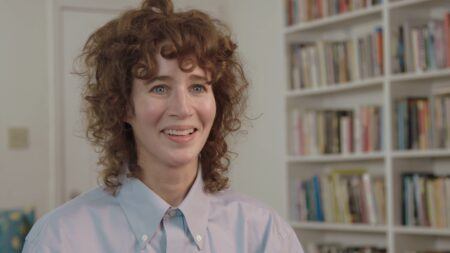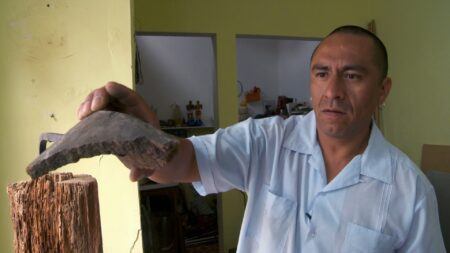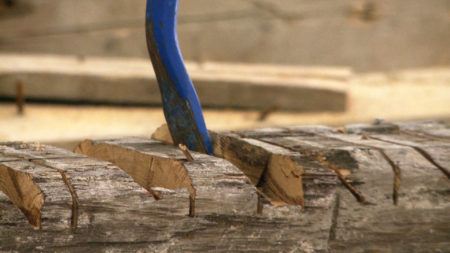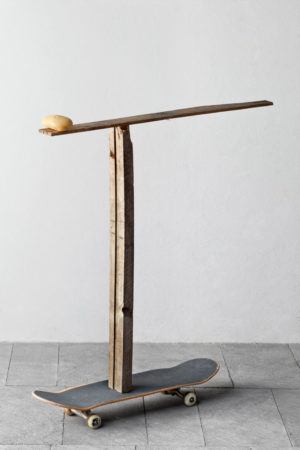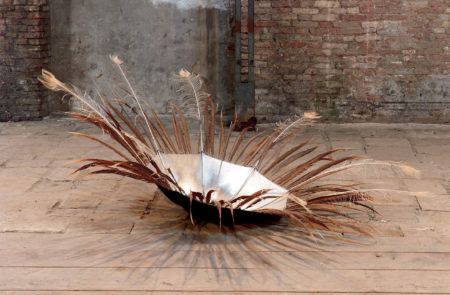Abraham Cruzvillegas

Abraham Cruzvillegas was born in Mexico City in 1968. Inspired by the harsh landscape and living conditions of Colonia Ajusco, his childhood neighborhood in Mexico City where houses were built on inhospitable land in ad hoc improvisations according to personal needs and economic resources, Cruzvillegas assembles sculptures and installations from found objects and disparate materials.
Expanding on the intellectual investigation of his own paradoxical aesthetic concepts of autoconstrucción and autodestrucción*, he likens his works to self-portraits of contradictory elements and explores the effects of improvisation, transformation, and decay on his materials and work. In his experiments with video, performance, personal and family archives, and academic research, he reveals the deep connection between his identity—born of the realities of his family’s life in Mexico—and his artistic practice.
Abraham Cruzvillegas studied at Universidad Nacional Autónoma de México (UNAM). He has been awarded residencies at DAAD (2010); Capp Street (2009); the Smithsonian Institution (2008); Cove Park (2008); Civitella Ranieri Foundation (2007); and Atelier Calder (2005). Other honors include the Yanghyun Prize (2012) and the Prix Altadis d’arts plastiques (2006). His work has appeared in major exhibitions at Haus der Kunst, Munich (2014); Walker Art Center (2013); Tate Modern (2012); Documenta (2012); Modern Art Oxford (2011); Istanbul Biennial (2011); Seoul Biennial (2010); CCA Wattis Institute for Contemporary Arts (2009); Havana Biennial (2009); the Centre for Contemporary Arts, Glasgow (2008); New Museum (2007); Museo de Arte Contemporáneo de Monterrey (2004); Contemporary Arts Museum Houston (2003); Venice Biennale (2003); Bienal de São Paulo (2002); and Museo Universitario de Ciencias y Artes (MUCA), Mexico (2001). Abraham Cruzvillegas lives and works in Mexico City, Mexico.
*The terms autoconstrucción and autodestrucción (translated literally as self-construction and self-destruction) refer to methods of building and eventual destruction that arise from the constraints of poverty, which require scavenging, recycling, and adaptation of materials.
Videos 3
-
Abraham Cruzvillegas
